Phase: Stop Self Harm
Principle: Challenge Assumptions
Practice: Spend Control Awareness
Spend Control Awareness
Communication
Motivation
There is little point in focusing on user needs, creating a common language through the use of a map and sharing it transparently in the organization if no-one is willing to challenge it.
Consider these first
Illustrative description
Spend Control does not control the budgets. The purpose of Spend Control is to challenge what we’re doing. Spend Control goes beyond asking about users, needs, and measurement.
Detailed description
Spend Control does not control the budgets. Few months after Spend Control Introduction, the first thing Spend Control starts to ask for is a map. The point of the map is to challenge beyond users and needs. Spend Control now challenges using maps and doctrine.
Start with Know Your Users and Focus On User Needs.
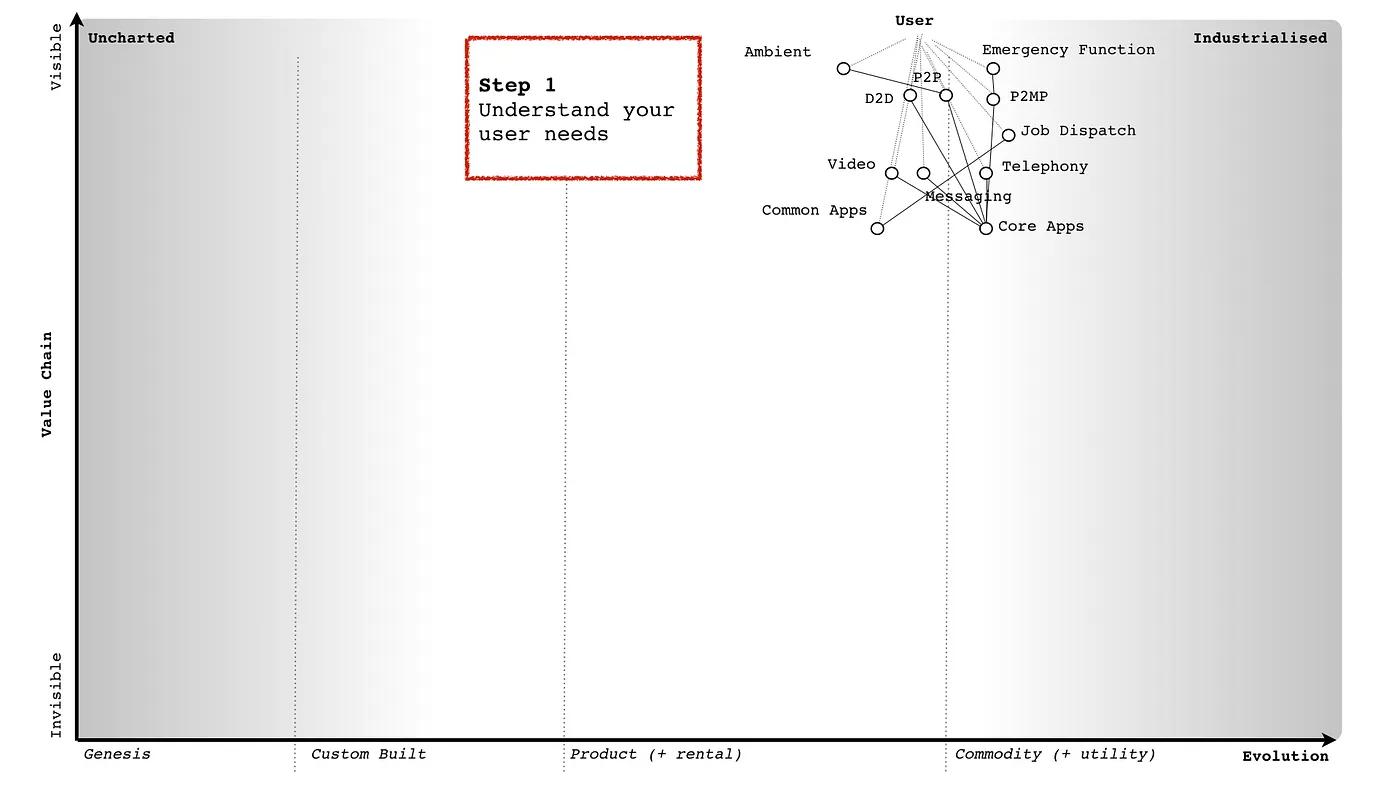
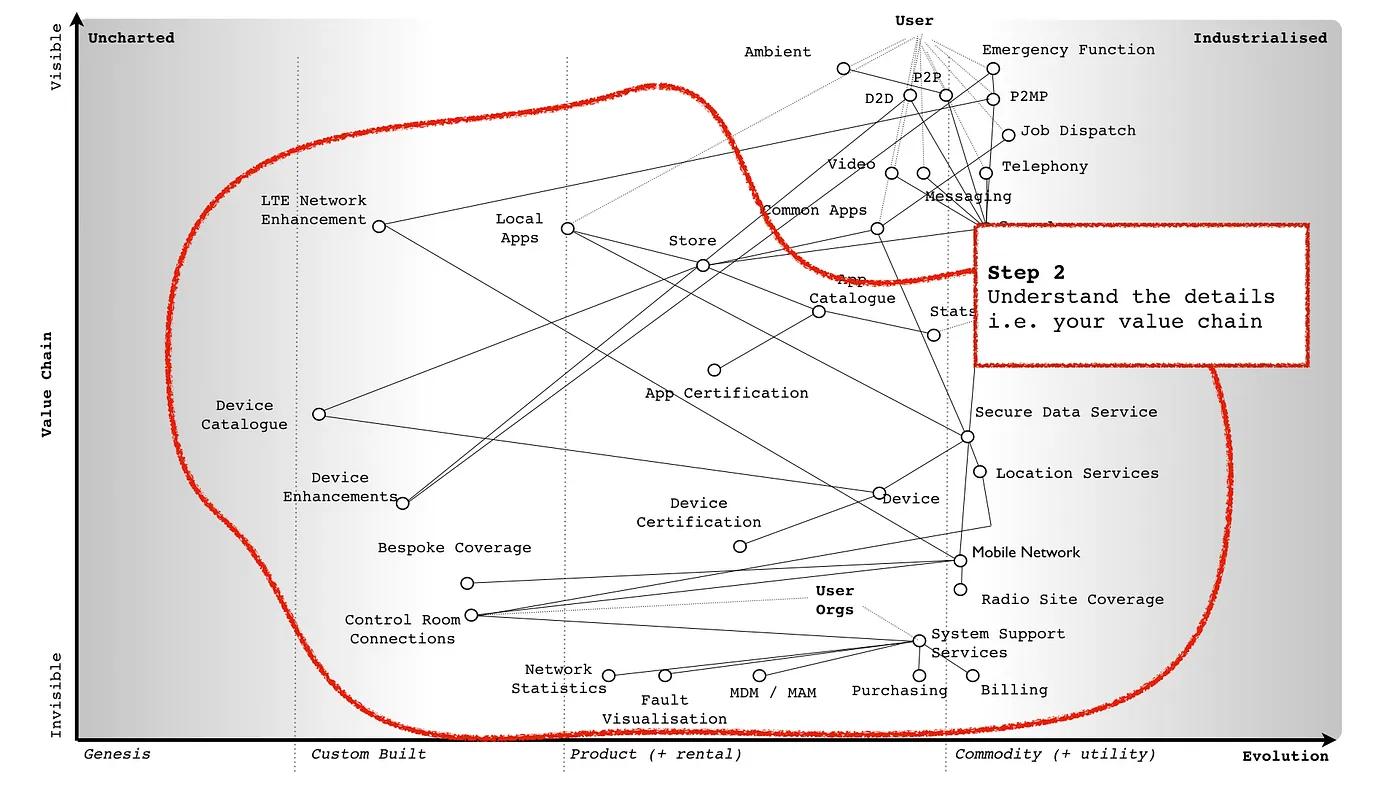
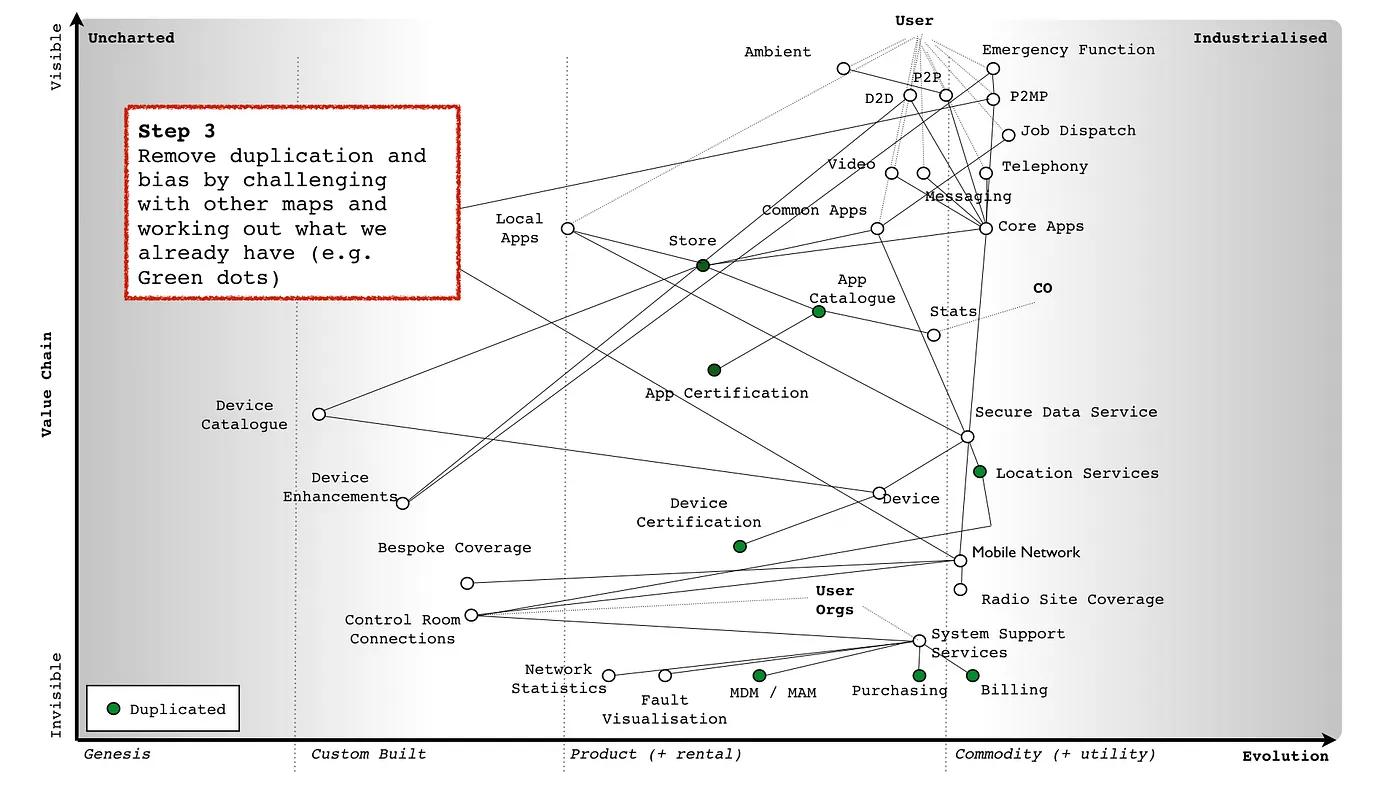
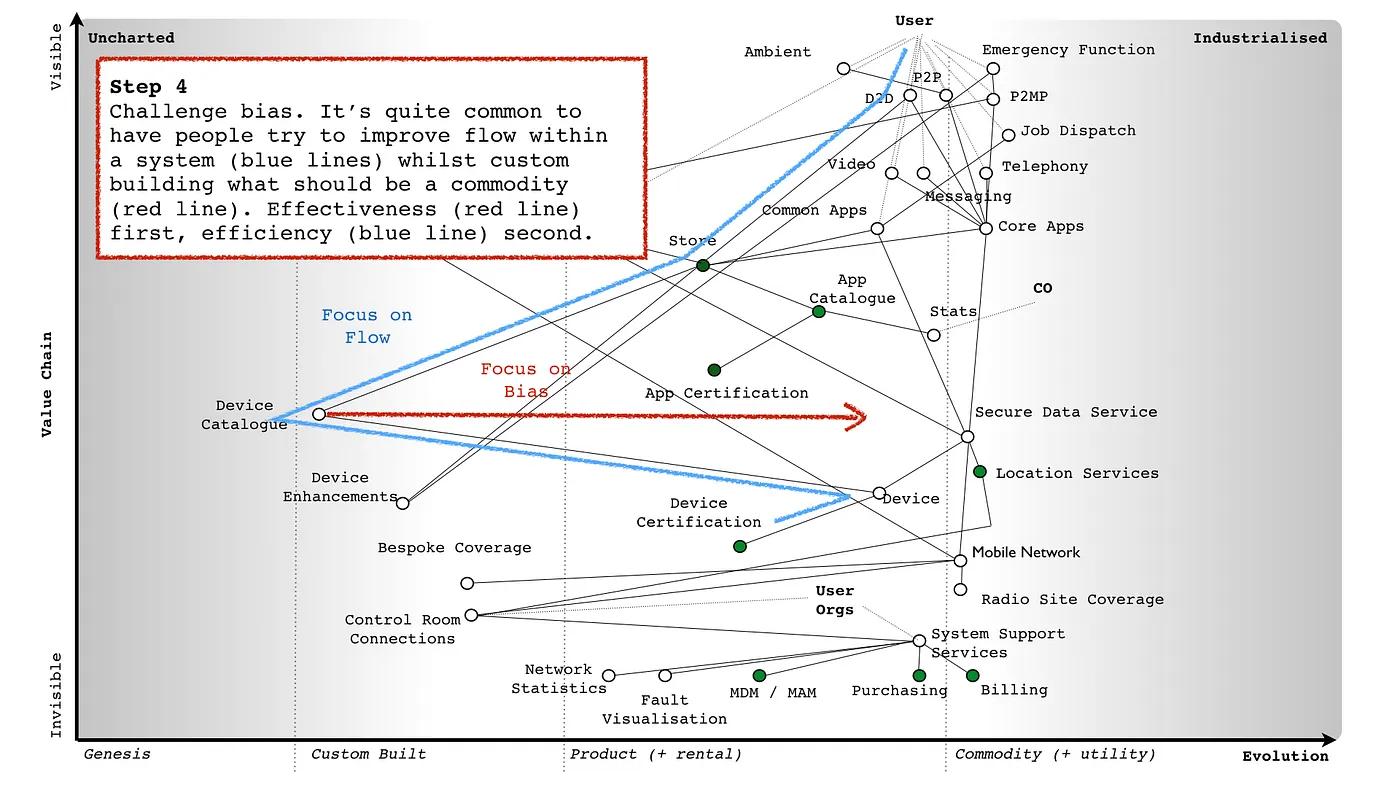
Map and challenge flows of capital. The capital itself can be physical, financial, social, risk, information, etc.
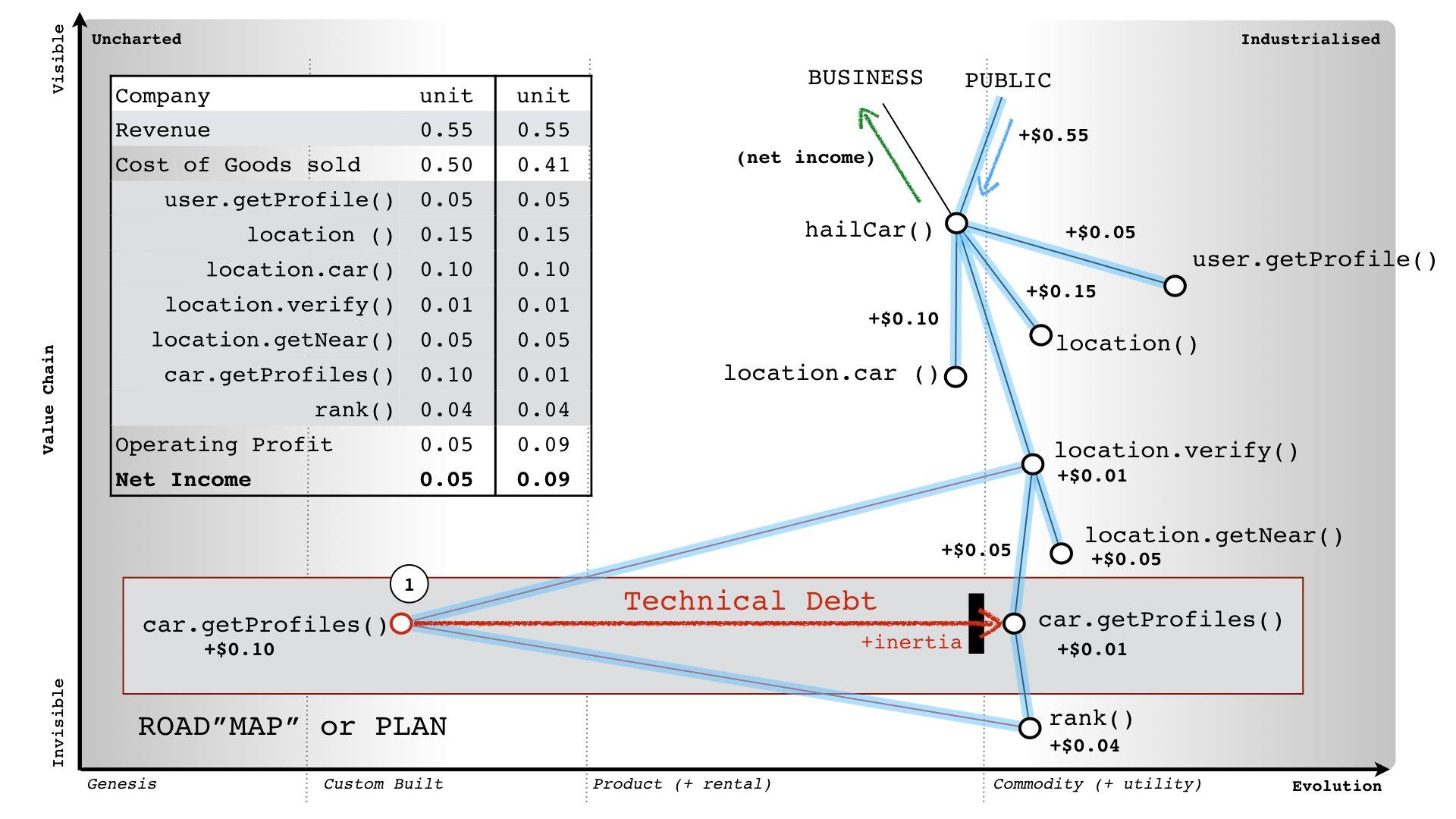
Spend Control builds the view of the landscape you are competing in. All the maps are connected and part of the wider landscape. You are starting to see the landscape and your part of it.
Reminder: Stop reading, take action
